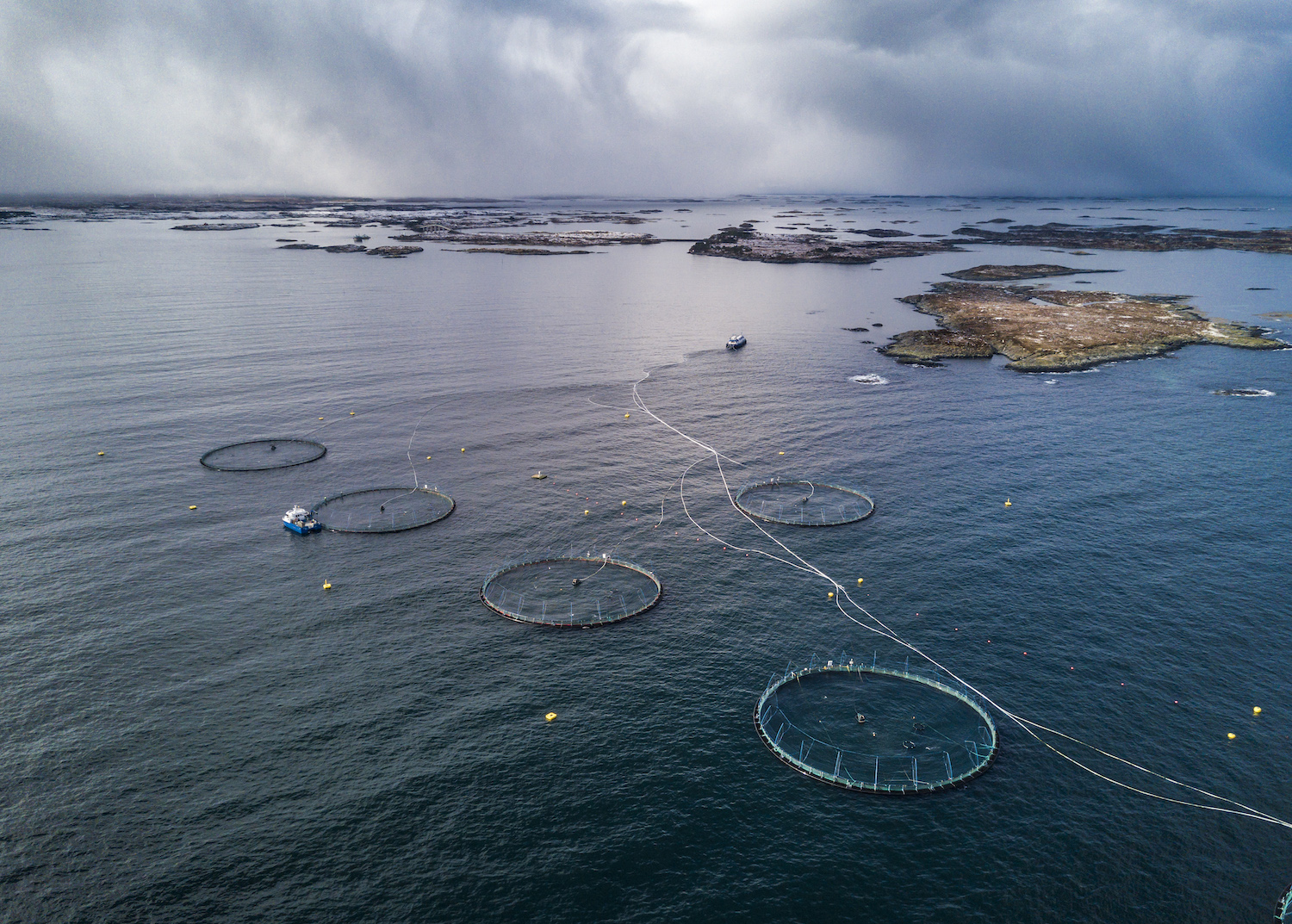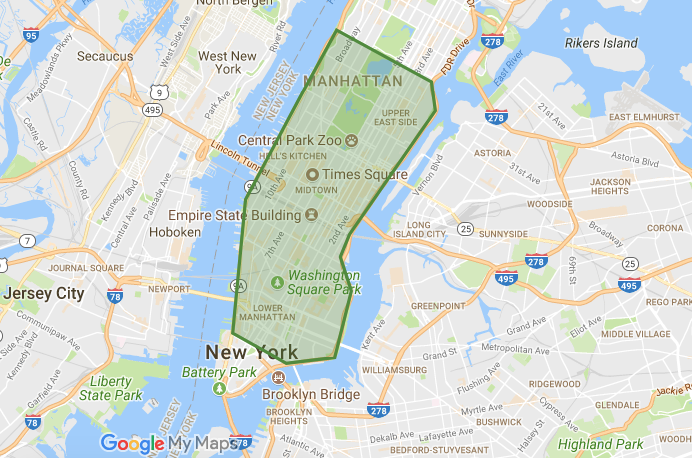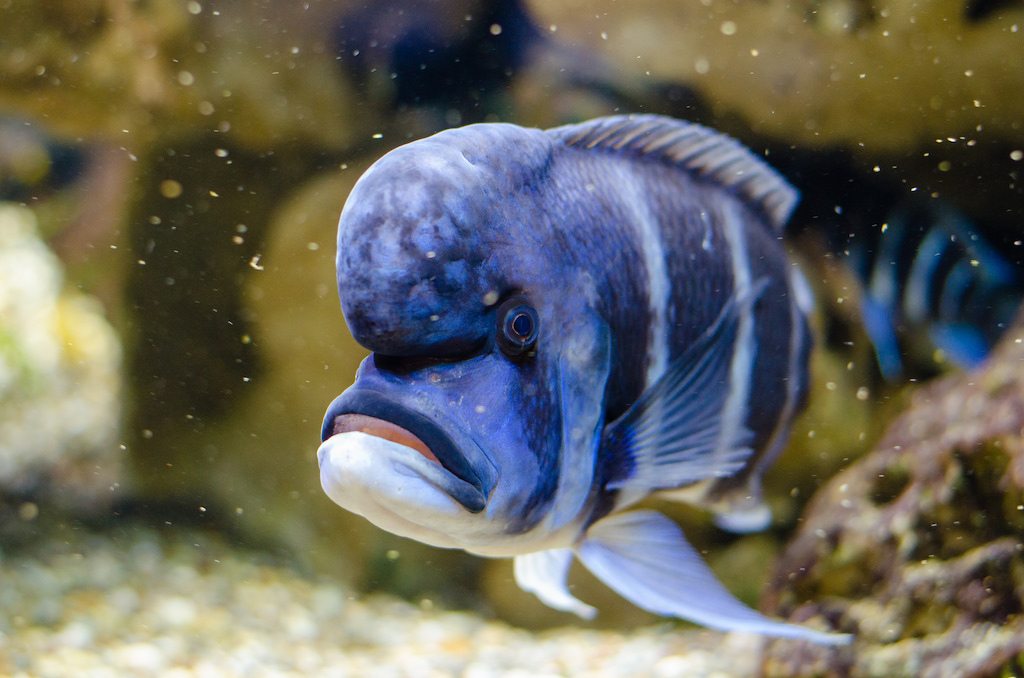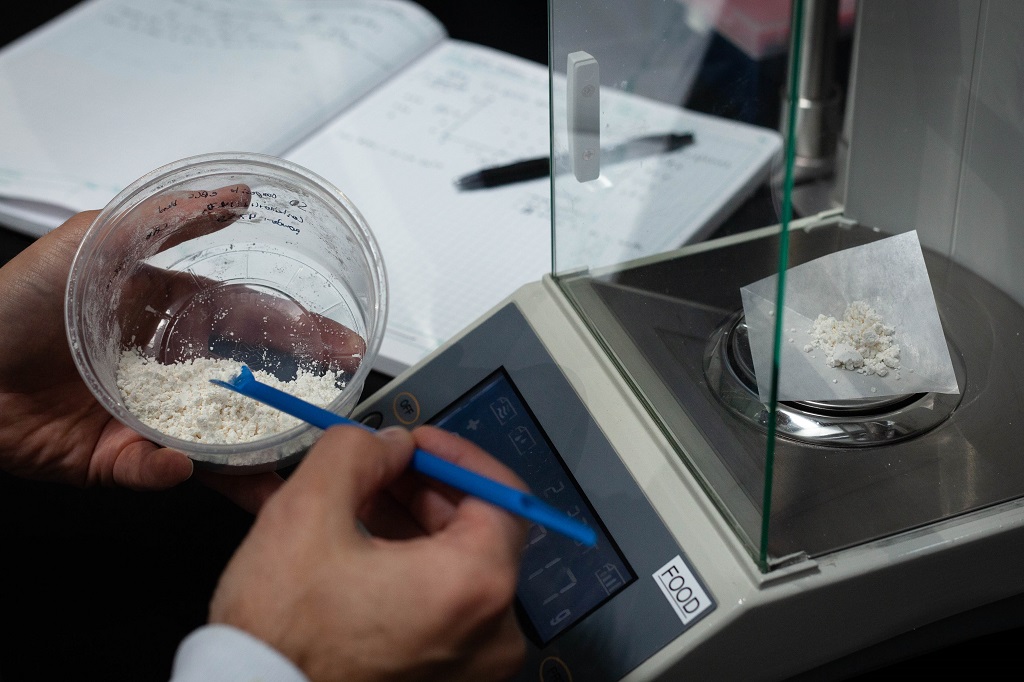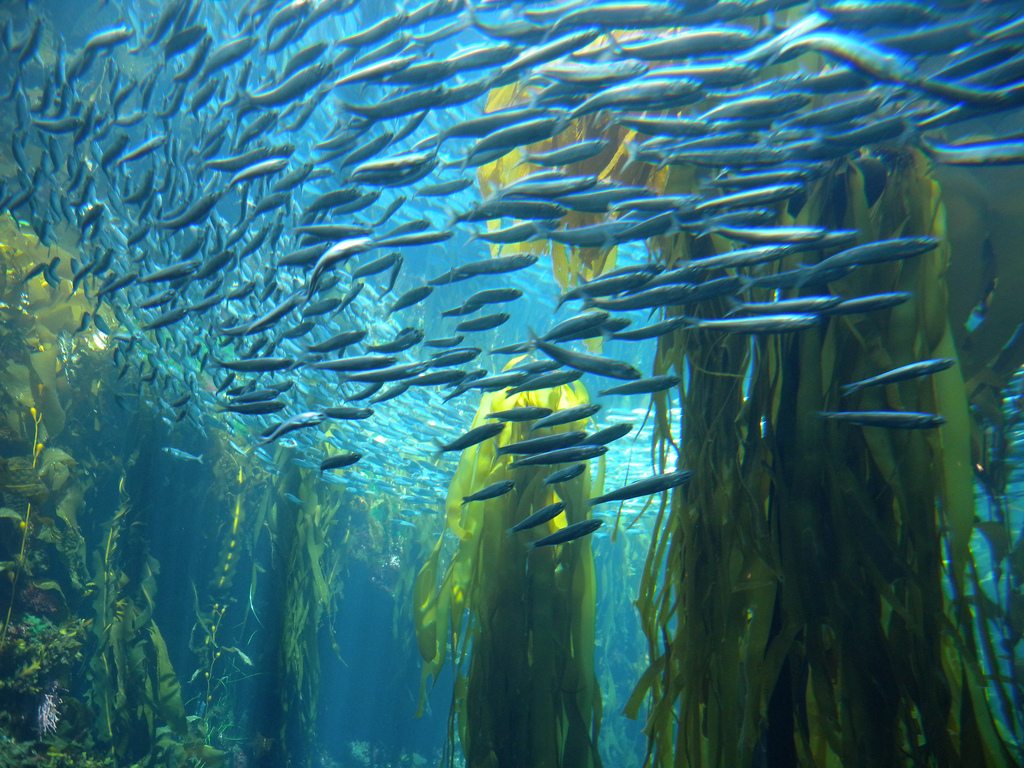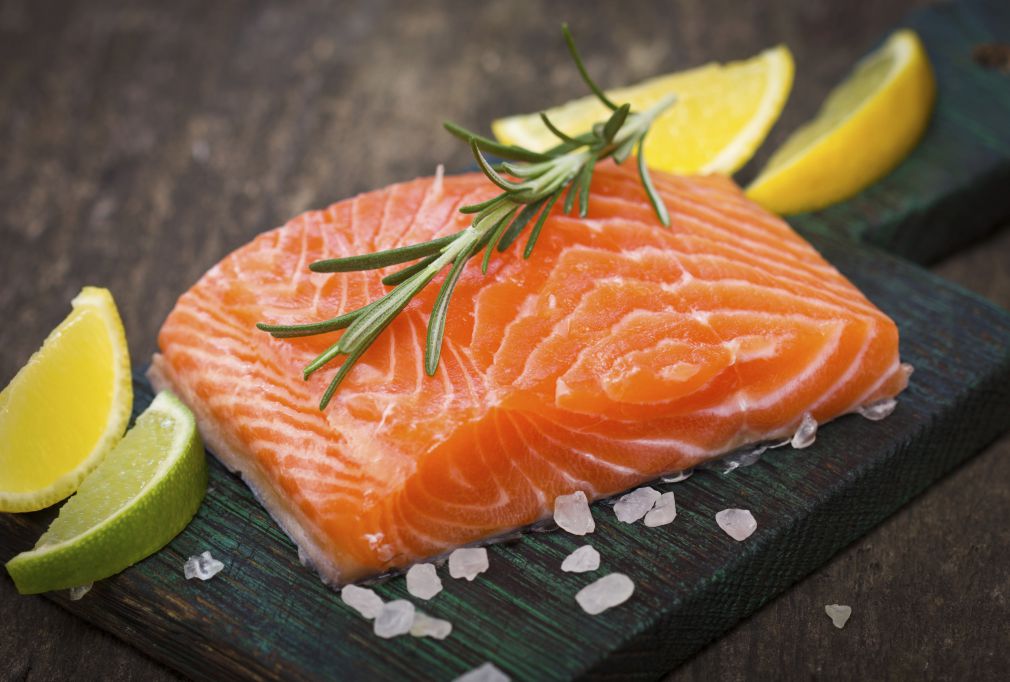
Thinkstock/pilipphoto
FDA announced today that for the first time it had approved a genetically modified animal for human consumption. (Actually, that oversimplifies things a bit, but we’ll get to that in a minute.) The agency’s action means that AquaBounty Technologies, a Massachusetts-based biotech company, has permission to raise and sell its AquAdvantage salmon—an Atlantic salmon genetically engineered to grow about twice as fast as normal Atlantic salmon. The company has been working on getting its fish approved since 1996.
We’ll be hearing a lot about the decision in days to come. But to help get you on board, here are the basics.
How has the fish been modified?
AquaBounty has created what’s called a “recombinant DNA construct” consisting of a gene from a Chinook salmon that produces a growth hormone, a gene from an ocean pout that activates the growth hormone gene, plus some synthetic linkers. The construct is microinjected into a specific location in the DNA in a fertilized egg of a specific strain of Atlantic salmon. The eggs, all female, are subjected to a pressure shock treatment to induce sterility—it preserves more energy available for growth, helps guard AquaBounty’s intellectual property, and prevents the genetic modification from escaping into the wild.
Are they putting these things into the ocean?
No. FDA is extremely explicit about that. The fish are to be grown only in indoor freshwater facilities with a variety of redundant checks to ensure that fish aren’t inadvertently released. And if they are? The waters nearby the two locations where the fish would be raised aren’t suitable for salmon, FDA argues. One facility, in Prince Edward Island, Canada, is close to saltwater. That’s no good for fry and young fish, which require freshwater—and the area doesn’t support a population of wild salmon, despite repeated efforts to establish one, indicating that there are environmental reasons to think an adult escapee wouldn’t survive. The Panama facility is near freshwater, but water temperatures, according to the agency, are too high for salmon.
Chinook salmon
Why does FDA get to make the call in the first place?
Well, FDA does regulate seafood in the U.S., except for certain imported Vietnamese catfish, which are regulated by USDA. But this approval actually came out of a different part of the agency—the part that regulates veterinary medicines. Why? Because that DNA construct that is injected into the egg meets the technical definition of a drug. This leads to some strange linguistic contortions. For instance, FDA’s press release said that it approved the fish. That’s true in practice, but, strictly interpreted, it only approved a particular use of the DNA construct. If AquaBounty breaks any of the terms of its approval letter—for example, if it starts producing fish at an unapproved location—FDA would consider them adulterated because they contained an unsafe and adulterated drug. This wouldn’t be an admission on FDA’s part that the DNA construct is dangerous. That’s just the way it describes any “off label” use of a drug—any use that’s not specifically approved.
How have they determined that the salmon is safe to eat?
You might expect that FDA would test genetically engineered salmon the way it tests drugs—feeding it to rats, then small groups of volunteers, leading up to massive double-blinded clinical trials. It doesn’t work that way. Instead, following the recommendations of the food standards organization Codex Alimentarius, researchers do a detailed analysis of the inserted DNA and whether it produces any known toxins or allergens. Then it compares the chemical composition of the engineered fish to the natural fish using electrophoresis. (FDA documentation says there were no significant differences.) Then they look at expected changes: For instance, the genetic modifications were supposed to increase the amount of growth hormone, so researchers checked the level of growth hormone in the meat and skin of the salmon to see if it was at excessive levels. The process is elaborate (you can read about it here) but is certain to be controversial.
Does AquAdvantage salmon have to be labeled as a GMO?
No. But AquaBounty isn’t likely to try to hide the identity of its product: It boasts on its website about how it has a low impact on the environment, uses feed remarkably efficiently (a kilogram of feed produces a kilogram of salmon), and will reduce the carbon footprint of the salmon industry. The FDA, meanwhile, has released a draft guidance for voluntary labeling of genetically altered salmon as well as a final guidance on voluntary labeling of foods that contain or don’t contain material from genetically engineered plants. (FDA, like the biotech industry, tends to use “genetically engineered,” or GE, where the food industry would use GMO.)
Isn’t anyone objecting?
Of course. A lot of the arguments are fairly technical, hinging on the difference between a drug and a food additive, and whether AquaBounty’s DNA construct can be both at the same time. A good way to catch up on them is the detailed comment submitted by Food and Water Watch, as well as FDA’s answer to it. And if you want to make a deep dive into the broader issue, FDA has published a wealth of information here.



